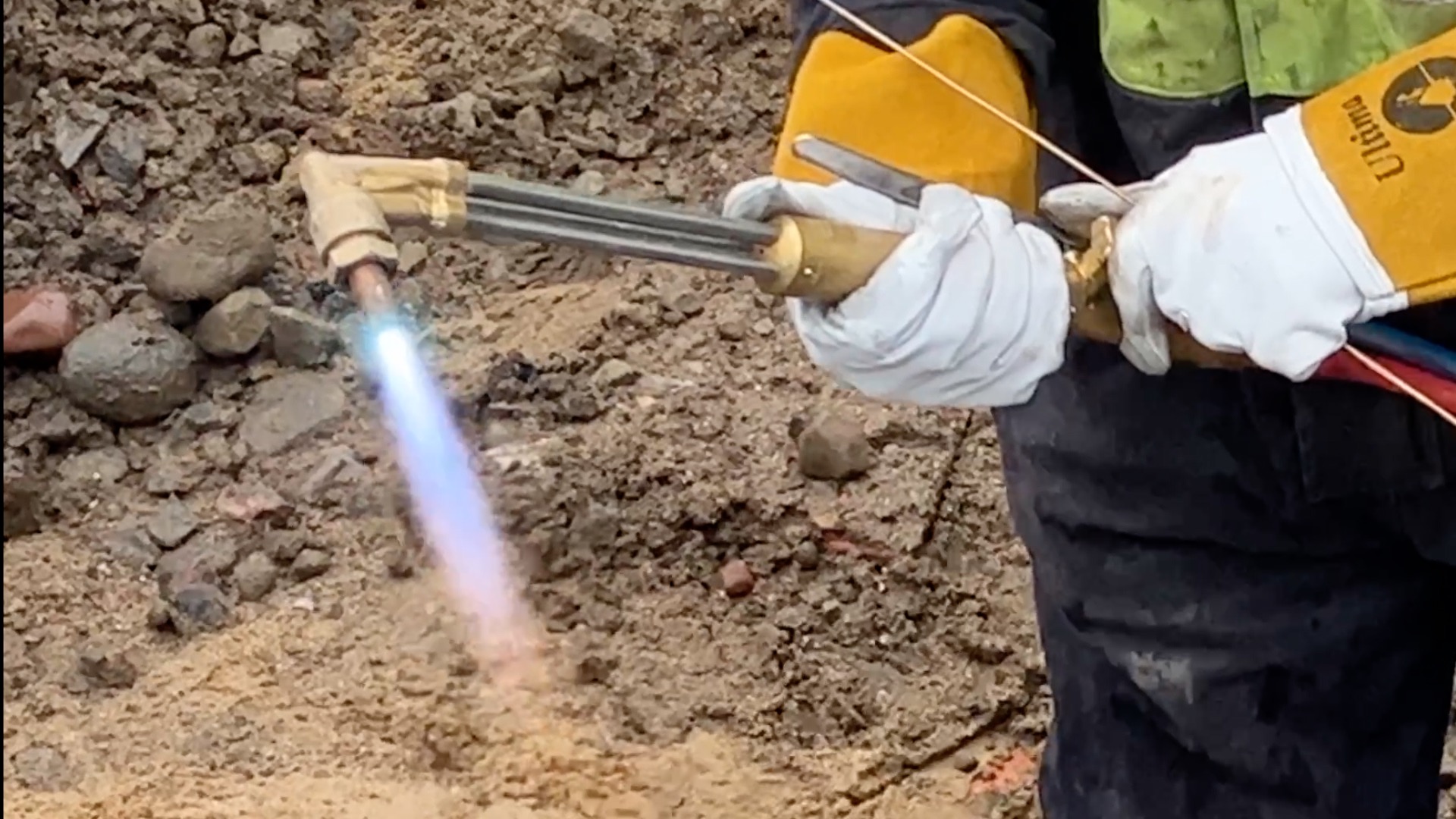When it comes to joining two pieces of metal together, those of us who aren’t engineers often refer to the work being done as “welding” – it’s a handy catch-all phrase that paints an instantly recognisable picture in our heads. But did you know that it’s not always strictly accurate?
This is because it’s not just welding that can join metal together – in the video below you’ll see one of our colleagues brazing two sections of earth tapes during the final phases of work at the recent upgrade to our Waterloo Place primary substation in Inverness.
Prompted by some of the questions asked by our curious videographer on site that day, we thought it may be time to run a short feature on some of the ways that you can join metal (after completing your training, of course!).
Here’s a very brief explanation of the differences between welding, brazing and soldering.
Welding is a fabrication process that joins two or more parts using high heat, pressure or both. To be able to weld two pieces of metal together, they must both be from the same family, for example you can’t weld steel and copper.
Brazing is where metals are joined by melting a filler metal between the two sections, and this creates a strong and permanent join. Brazing sets itself apart from welding by allowing you to join different types of metals, such as joining a section of copper to steel, even gold is possible!
As well as welding and brazing, there is also soldering, which unlike welding is done at lower temperatures, and like brazing can be used to join different types of metals. However, unlike welding and brazing, the join made by soldering is not quite as strong.
Did you find this interesting? Are you considering a career in engineering? If so, click here to learn more about the opportunities on offer at SSEN Distribution.
